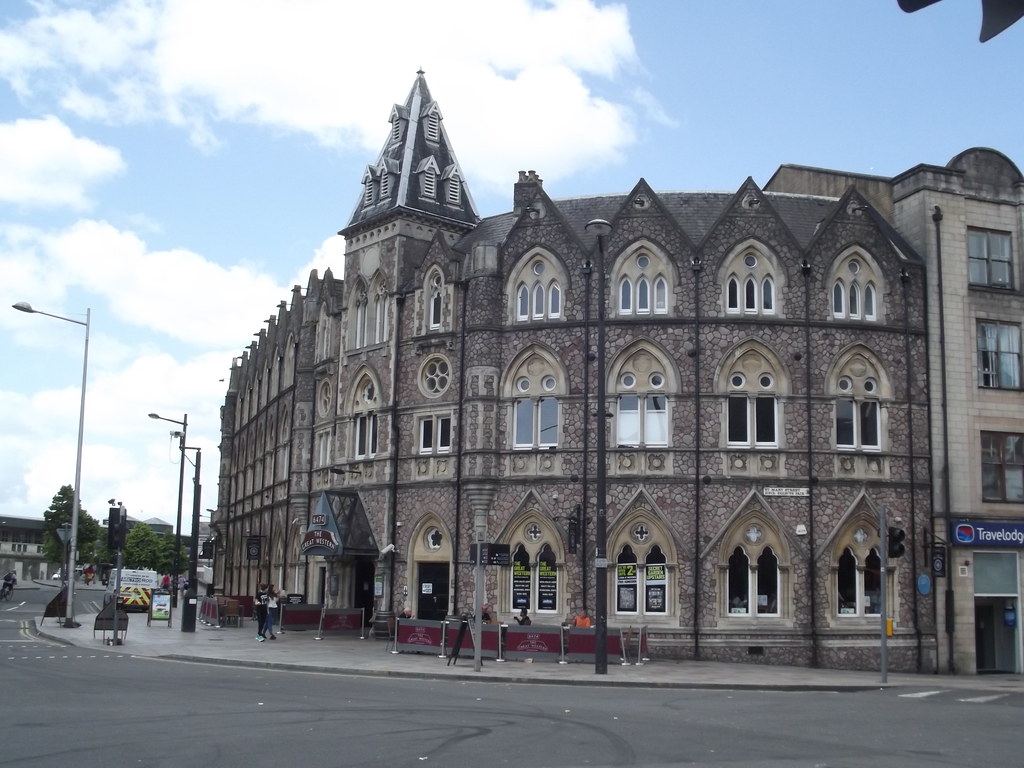The “Great Western Buildings Lawsuit” article outlines a class action lawsuit against Great Western Buildings Corporation, a Colorado-based manufacturer and distributor of prefabricated steel buildings. The lawsuit emerged in the 1990s when customers began experiencing issues with their steel buildings, including rusting, structural damage, and health-related concerns.
Introduction to the Lawsuit
Great Western Buildings Corporation was a prominent supplier of pre-built steel buildings in the late 1980s and early 1990s. However, customers started noticing problems like rusting and structural deterioration within a few years of construction, leading to significant expenses for repairs. The lawsuit alleges that the company used substandard materials and construction processes, posing serious threats to health and safety.
Allegations Against Great Western Buildings
The lawsuit claims various deficiencies in the construction of buildings by Great Western, including the use of drywall containing harmful sulfur dioxide, insulation with mold and asbestos, inadequately sealed windows, and structural damage. Residents reportedly suffered from respiratory issues, skin irritation, and, in some cases, cancer. The lawsuit also highlights financial losses incurred by homeowners and businesses due to repair expenses and reduced property values.
Legal Proceedings
The class action lawsuit, filed in 2022, accuses Great Western Building Systems, LLC of negligence and violating implied warranties. The company faced allegations of using subpar materials and construction techniques, leading to health and safety concerns for building occupants.
Defense and Counterarguments
Great Western Buildings initially pleaded not guilty, attributing the reported issues to industry-standard materials and construction practices. They argued that external factors such as harsh weather or assembly mistakes could be responsible for the problems. However, the plaintiffs provided evidence suggesting that other manufacturers producing similar steel buildings did not face comparable issues. Engineers identified welding defects on the part of Great Western.
Trial and Outcome
The matter proceeded to trial in Colorado following several years of court processes. In November 2000, the jury ruled in favor of the plaintiffs, finding Great Western negligent in material selection, quality control, and assembly methods. In 2001, the Colorado State Supreme Court affirmed the verdict, leading to one of the most significant cash settlements in class action lawsuit history.
Resolution and Impact
Great Western consented to pay up to $50 million as part of the settlement to cover the cost of replacing or repairing the damaged structures.. While not all claimants received full compensation, the resolution marked a substantial victory for the plaintiffs. The case highlighted the importance of implied warranties in construction and set a precedent for consumer protection in prefabricated building industries.
Lessons Learned and Future Implications
The article concludes by emphasizing the lessons learned from the Great Western Buildings Lawsuit. It underscores the significance of quality control standards in the prefab structures industry and warns against cutting corners in materials and construction methods. The case serves as a reminder for both property managers and building owners to be cautious and vigilant regarding premature claims and construction defects.
Impact on Great Western Buildings
The lawsuit brought disrepute to Great Western Buildings. Despite being once trusted, doubts arose among consumers regarding the company’s reliability. The article suggests that the company had to work hard to regain consumer trust and that the lawsuits created a call for change in the industry’s corporate responsibility.
Related Class Action Lawsuits
The article briefly mentions other notable class action lawsuits in the construction sector, such as the Chinese Drywall Class Action, Polybutylene Plumbing Class Action, Framing Defects Lawsuit Against Toll Brothers, Dryvit Stucco Siding Class Action, TrusJoist Floor System Defects Lawsuit, and Tile Roof Defects Lawsuit Against GAF. These cases contributed to modern building codes and ensured compensation for affected homeowners.
Conclusion
The conclusion emphasizes the significant impact of the Great Western Buildings Lawsuit, describing it as a top-class action with broad implications for construction defect cases. Despite the legal battles, the affected customers received recognition and compensation, highlighting the importance of quality control standards in the prefabricated structures industry. The article expresses gratitude for reading the coverage of the lawsuit and underscores the potential long-term effects on how societies approach construction and development
FAQs
-
What was the Great Western Buildings Lawsuit about?
- The lawsuit revolved around allegations against Great Western Buildings Corporation, a major prefabricated steel building manufacturer in the late 1980s and early 1990s. Customers reported issues like rusting, structural damage, and health concerns in their steel buildings, leading to a class action lawsuit.
-
What were the main allegations against Great Western Buildings?
- The allegations included the use of substandard materials and construction practices, leading to rusting, structural damage, and health hazards. Specific claims mentioned harmful drywall, insulation with mold and asbestos, inadequately sealed windows, and structural defects.
-
When was the lawsuit filed, and what were the legal grounds?
- The class action lawsuit was filed in 2022. Legal grounds included negligence and violation of implied warranties by Great Western Building Systems, LLC, suggesting that the company did not meet quality standards in its construction processes.
-
What were the consequences for affected homeowners and businesses?
- The consequences included financial losses due to repair expenses and reduced property values. Residents reported health issues such as respiratory problems, skin irritation, and, in some cases, cancer.
-
How did Great Western Buildings defend against the allegations?
- Great Western initially pleaded not guilty, claiming that they adhered to industry standards and blaming external factors like harsh weather or assembly mistakes for reported issues. However, plaintiffs provided evidence of welding defects, and engineers found issues with the company’s construction methods.
-
What was the outcome of the trial?
- After legal proceedings, the jury ruled in favor of the plaintiffs in November 2000. The Colorado State Supreme Court affirmed the verdict in 2001. Great Western was found negligent in material selection, quality control, and assembly methods.
-
What was the resolution and impact of the lawsuit?
- Great Western agreed to pay up to $50 million for repairs or replacements for affected buildings, marking one of the significant cash settlements in class action lawsuit history. The lawsuit brought disrepute to the company, impacting consumer trust and prompting a call for change in corporate responsibility.
-
How did other class action lawsuits in the construction sector compare to the Great Western Buildings Lawsuit?
- The article briefly mentions other notable cases like the Chinese Drywall Class Action, Polybutylene Plumbing Class Action, and others. These cases contributed to modern building codes and ensured compensation for affected homeowners, collectively shaping the construction industry.
-
What lessons were learned from the Great Western Buildings Lawsuit?
- The lawsuit emphasized the importance of quality control standards in the prefab structures industry and warned against cutting corners in materials and construction methods. It served as a reminder for property managers and building owners to be cautious regarding premature claims and construction defects.
-
What is the lasting impact of the Great Western Buildings Lawsuit on the construction industry?
- The article suggests that the lawsuit will likely lead to radical changes in the construction industry, prompting reflection on design and site control. It emphasizes that these court battles will define how societies approach construction, building, and development for decades to come.







